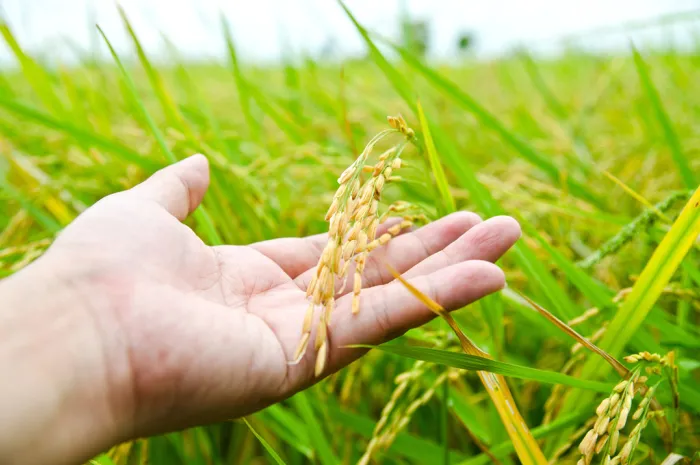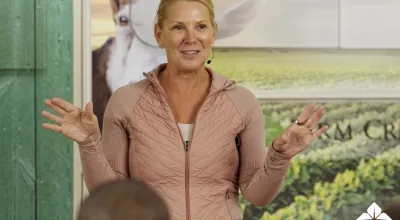
How To Understand The Costs Of Production
It’s a simple equation: When production costs go up, your net income usually goes down. This means that the best way to enhance your farm’s profitability is to manage your costs, and the first step in doing that is to understand the different types of costs you’ll incur.
“It’s imperative that farmers manage their costs in every way possible to increase their profits, inform their strategic plans and position their operation to withstand market forces, like significant drops in prices or demand, or even severe weather events,” says Blair Robertson, a Relationship Manager at AgSouth Farm Credit.
When considering cost management, it’s helpful to understand the different types of costs you’ll face:
Startup costs
As the name implies, start-up costs are one-time costs you incur when starting your business. These costs usually include land, buildings, equipment and inputs for the first year. They can also include loan interest and fees for any start-up financing.
Operating costs
Operating costs cover what it takes to run your farm on an ongoing basis – things like labor, feed, fertilizer, fuel and maintenance. These costs can vary greatly from industry to industry and even from season to season.
Overhead costs
These costs include things like taxes, insurance and professional services. They’re usually driven by something beyond your control, but they do need to be considered in your overall profitability assessment.
Capital costs
Capital costs cover the purchase of assets that have a longer life, such as equipment, fencing, storage and additional land. Making any capital investment should be carefully considered, both because of the amount of money typically involved and because of the potential impact on your overall operation. For example, does it make more financial sense to repair your tractor or to buy or lease a new one?
Finance costs
These costs include the interest and fees associated with borrowing money, whether the loan is covering startup, operating, overhead or capital costs.
Personal costs
These costs include expenses that are not directly related to your business, like your home mortgage, even if it’s situated on your farmland. It’s important for tax purposes to maintain the distinction between your personal and business financials, and your accountant should be able to help you determine the appropriate category for any expense. Including personal costs in your business financials can skew your operating results – if you include a personal car as a business expense, your business will look less profitable than it actually is.
When considering any significant purchase, a farmer should consider the objective cost, of course, to make sure they have the cash to spend. Equally important is assessing whether the cost is worth it – in other words, determining the return on the investment. This may require a little research to ensure you’re getting the best deal and buying the best product to increase production, efficiency or sales.
Understanding your costs can also help guide your business decisions. For example, if you know what it costs to farm your current acreage, you can estimate what an expansion would cost and whether it’s worth pursuing. This understanding can also inform conversations with your accountant, your business partners or investors, and your lender.
Managing costs doesn’t have to take a lot of time. Just keep track of your costs as you move through your season and, once a week, pay attention to your overall outlay. Consider whether you’re receiving the benefits you expected from each of your investments. Consistently paying attention to costs will also alert you to any increases, which you can then prepare to pay or consider researching alternate solutions. If one manufacturer has raised prices, maybe another hasn’t, but by noticing that the cost has gone up, you’ll know to at least go investigate your options.
“Costs are an area that farmers can control, so they have the power to impact the bottom line with wise decisions about how much and where they’re spending their money,” says Robertson.
Source:
Blair Robertson, Relationship Manager, AgSouth Farm Credit

























